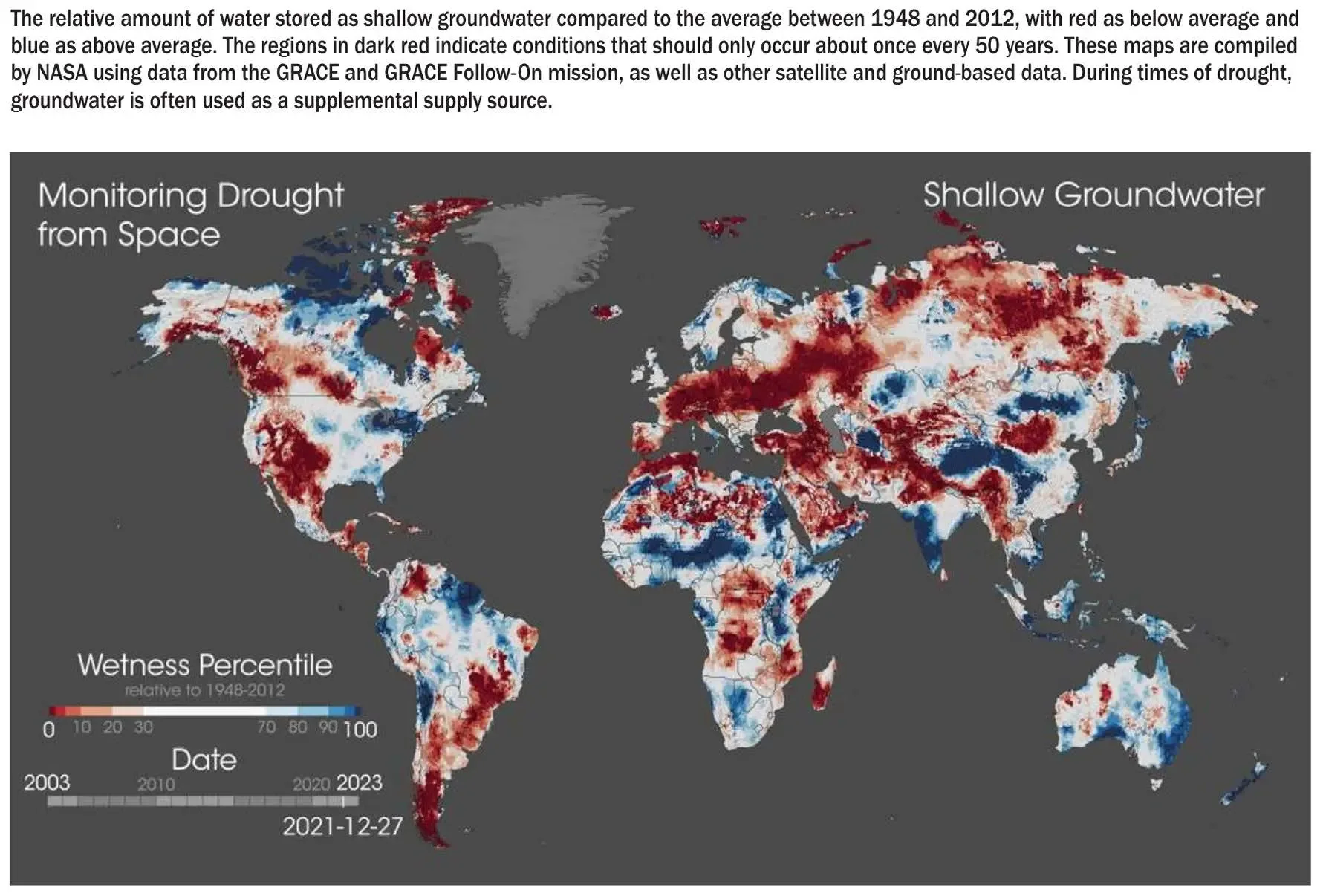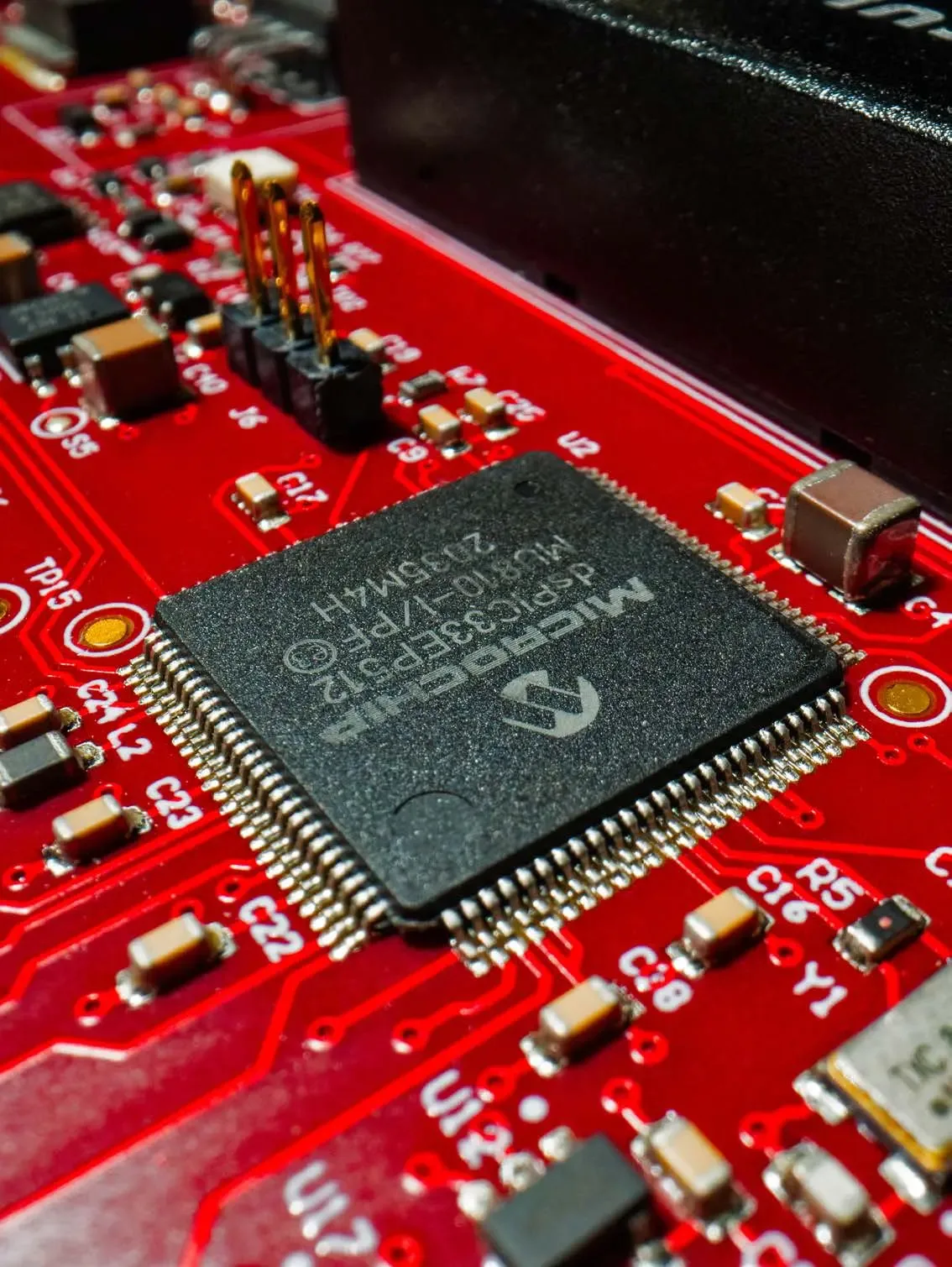Smart Irrigation: Optimizing Water Use with PCBA-Driven Tech
Modern agriculture today faces a double threat: escalating water scarcity and a changing climate. The agricultural sector is one of the largest users of groundwater and surface water on the planet; the U.S. Geological Survey reported in 2015 that 37 percent of freshwater withdrawals in the US were for irrigation.
The western U.S., especially, faces a critical situation. Here, where crops depend on irrigation and account for 81% of all irrigation withdrawals, sustainable practices are no longer a choice, but a necessity. Local governments have begun outreach programs urging residents to limit individual water use with smart irrigation controllers. Traditional irrigation systems, often reliant on fixed schedules or manual adjustments, prove wasteful and inefficient, and local governments point out their detrimental effects–both to the individual pocket book and the local water table–in their approach to curb water use.

https://www.ers.usda.gov/developer/embed-chart-widget/?chartId=62560
Smart agriculture takes this a step further and offers a significant solution to maintain water resources. Unlike traditional irrigation methods, it leverages technology to develop new strategies for optimizing resource use, with a particular focus on water. Printed circuit board assemblies (PCBAs) play a crucial role, acting as the device's intelligence. This can automate and optimize water delivery with a level of precision previously unattainable, precisely tailoring irrigation to the specific needs of crops and the environment.
While the upfront cost of implementing smart irrigation systems may seem daunting, such systems can pay for themselves in time through better yields and significant water savings.
Smart Irrigation System: Inside Its Brain
At the heart of any smart irrigation system lies the irrigation system controller board. This intelligent hub transforms irrigation from a manual chore into an automated science. By constantly analyzing real-time data on soil moisture, temperature, and even weather forecasts, the controller makes split-second decisions to optimize pump and valve operation. This ensures each plant receives the precise amount of water it needs, eliminating waste and maximizing efficiency.
Checkpoint
With a growing population and a changing environment, smart irrigation technology democratization could revolutionize global food production and water management.
Drip irrigation isn't alone in using smart control boards. Specialized PCBA controllers manage water levels too. These boards, communicating with float sensors or pressure transducers, actively monitor reservoir levels, ensuring they stay within optimal ranges. This vigilance helps predict potential water shortages and allows for proactive water management.
Flood control is another area where water level controllers shine. They enable preventative measures like controlled water releases by constantly monitoring reservoir capacity. This not only protects surrounding areas from flooding but also safeguards dam infrastructure itself. Staying within safe operating limits prevents stress that could lead to cracks, leaks, or even dam failure.
Smart irrigation systems work as interconnected networks. Built-in sensors constantly gather real-time environmental data. These sensors track moisture levels, temperature swings, and even sunlight exposure. Loggers play a critical role by storing and transmitting this data for analysis. This data-driven approach allows for informed irrigation decisions.
Data flexibility is a key feature of modern smart irrigation systems. Systems can store data locally for later retrieval by a smartphone or computer or, alternatively, they can connect directly to the cloud for real-time modeling and decision-making.
Another critical PCBA within the irrigation system is the water pump controller board. This dedicated circuit board collaborates seamlessly with the central irrigation system controller. It functions as the intermediary, receiving precise instructions regarding irrigation schedules, pressure levels, and specific zone requirements. By processing this real-time data, the pump controller board translates commands into concrete actions for optimal pump operation.
The pump controller board exerts precise control over pump operation. It activates and deactivates the pump with meticulous timing, ensuring delivery aligns perfectly with established water schedules.
Further, the board can adjust pump speed for variable flow rates. This allows for targeted irrigation within a single field. For instance, one crop demanding a higher water volume can receive a robust flow, while another requiring a gentler application can be addressed accordingly.
Safety features are also embedded within the pump controller board. It incorporates overload protection measures, safeguarding the pump motor from potential damage caused by electrical surges.
Water Scarcity: A Growing World Issue
The once-reliable abundance of freshwater is now in a state of decline, especially in regions like the Mediterranean and South Asia. Studies show areas like the Mediterranean are particularly vulnerable to drought in areas where rainfall has remained low for extended time periods. Freshwater resources are under pressure from climate change and population growth.

https://www.edf.org/sites/default/files/documents/EDF_ScarcityandExcess_Tackling%20Water-Related%20Risks%20to%20Agriculture%20in%20the%20United%20States_0_2.pdf
The agricultural sector, a critical economic engine in many water-scarce regions, is particularly at risk. In India, for instance, rice production, which utilizes significant water resources, covers 10 percent of the landmass. A single drought year, like the record low rainfall in 2002, can cripple food production and threaten food security for millions. Still worse, excessive water, as India's Haryana state experienced in 2023, can also result in devastating losses.
Smart irrigation systems offer a lifeline in this crisis. By using real-time data and precision controls, these systems can dramatically reduce water waste or overuse in agriculture. This not only conserves water for future generations but also helps ensure food security in drought-prone regions.
Better Yields: Unequivocal Benefits of Data-Driven Irrigation

The implementation of real-time data-driven irrigation systems demonstrably achieves a dual benefit: water conservation and increased agricultural yields. A University of Nebraska study, spanning an impressive 65 years, revealed not only significant yield increases in irrigated crops (up to 170% compared to rain-fed fields) but also a widening yield gap over time. This positive trend can likely be attributed to the combination of advanced irrigation technology enhancing yields in irrigated fields, while climate pressures constrain production elsewhere.
By optimizing water use and maximizing yields, these systems empower farmers to thrive in a more challenging environment. Furthermore, research into cost-effective sensor technology holds the promise of making these advancements accessible to a wider range of agricultural producers, particularly in developing economies. This democratization of smart irrigation has the potential to revolutionize global food production and water management in the face of a growing population and a changing planet.
The Future of Smart Irrigation

Advancements in PCBA technology, particularly miniaturization and processing power improvements, promise to refine smart irrigation systems further. These advancements will usher in a new era of intelligent and adaptable systems, allowing farmers to achieve unprecedented efficiency and sustainability in water management.
PCBAs are the cornerstone of this revolution, acting as the intelligent core that analyzes data, automates tasks, and optimizes water delivery. By leveraging these powerful tools, farmers can build a future of sustainable agriculture where water is used judiciously and crops flourish.
Related Topics
How to Shorten PCBA Production Lead Times with MacroFab
In the rapidly evolving electronics sector, extended production lead times are no longer tolerable, and minimizing these lead times is crucial for success.
From Garage to Growth: How Startups Scale with MacroFab
Scale your hardware startup smarter with MacroFab—prototype to production, U.S. manufacturing, instant quoting, and expert support every step.
PCBA Order Lead Time Report: Guidance for Lunar New Year 2025
With Lunar New Year coming up, MacroFab wants to ensure they give the best guidance when planning orders to continue meeting delivery guidelines.
Creating a Smart Irrigation System?
Get an Instant PCBA Quote NowAbout MacroFab
MacroFab offers comprehensive manufacturing solutions, from your smallest prototyping orders to your largest production needs. Our factory network locations are strategically located across North America, ensuring that we have the flexibility to provide capacity when and where you need it most.
Experience the future of EMS manufacturing with our state-of-the-art technology platform and cutting-edge digital supply chain solutions. At MacroFab, we ensure that your electronics are produced faster, more efficiently, and with fewer logistic problems than ever before.
Take advantage of AI-enabled sourcing opportunities and employ expert teams who are connected through a user-friendly technology platform. Discover how streamlined electronics manufacturing can benefit your business by contacting us today.